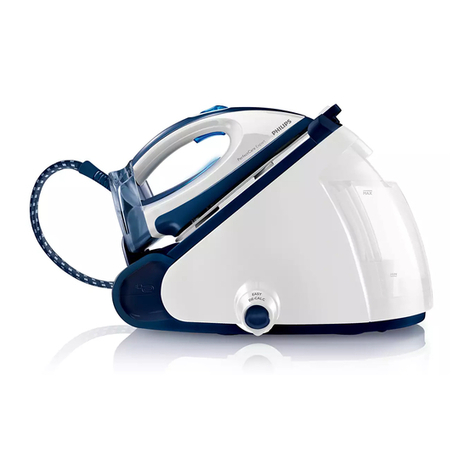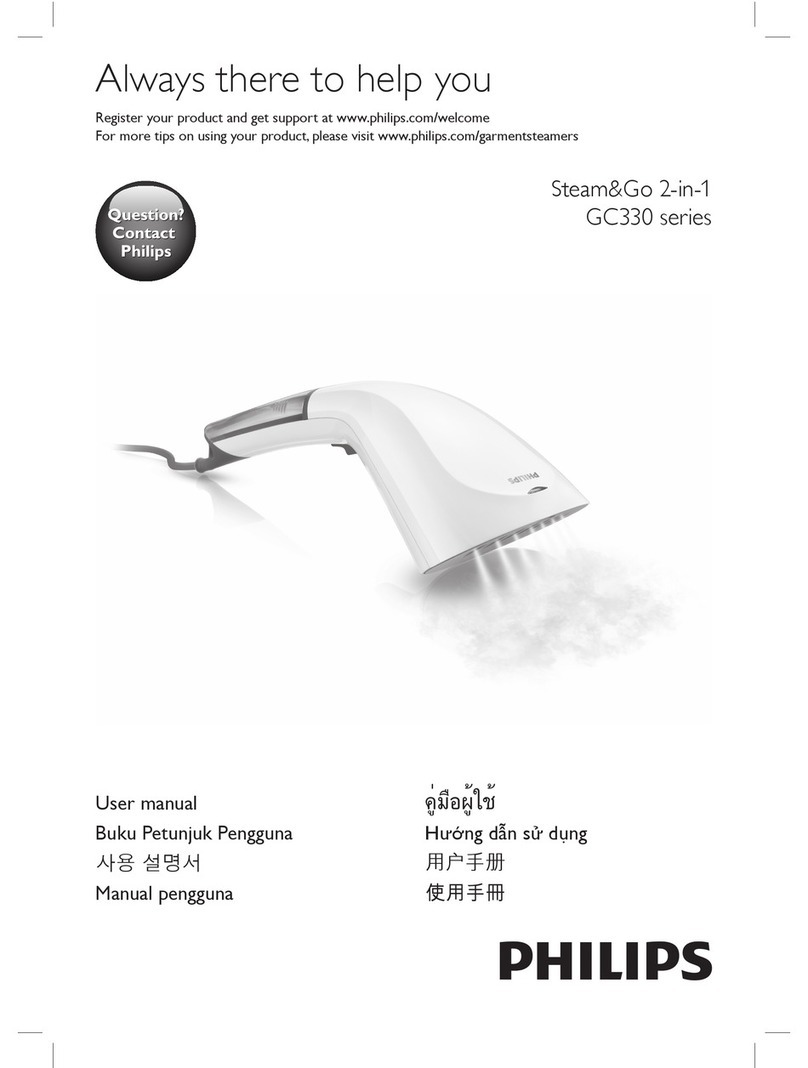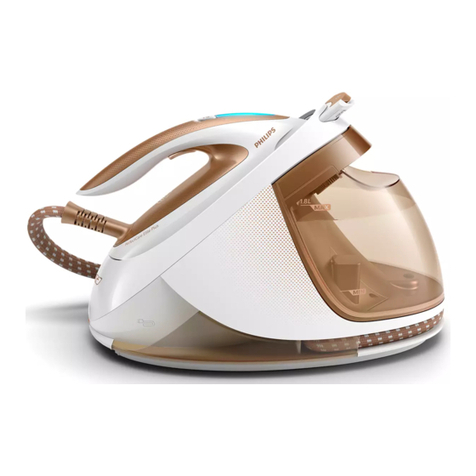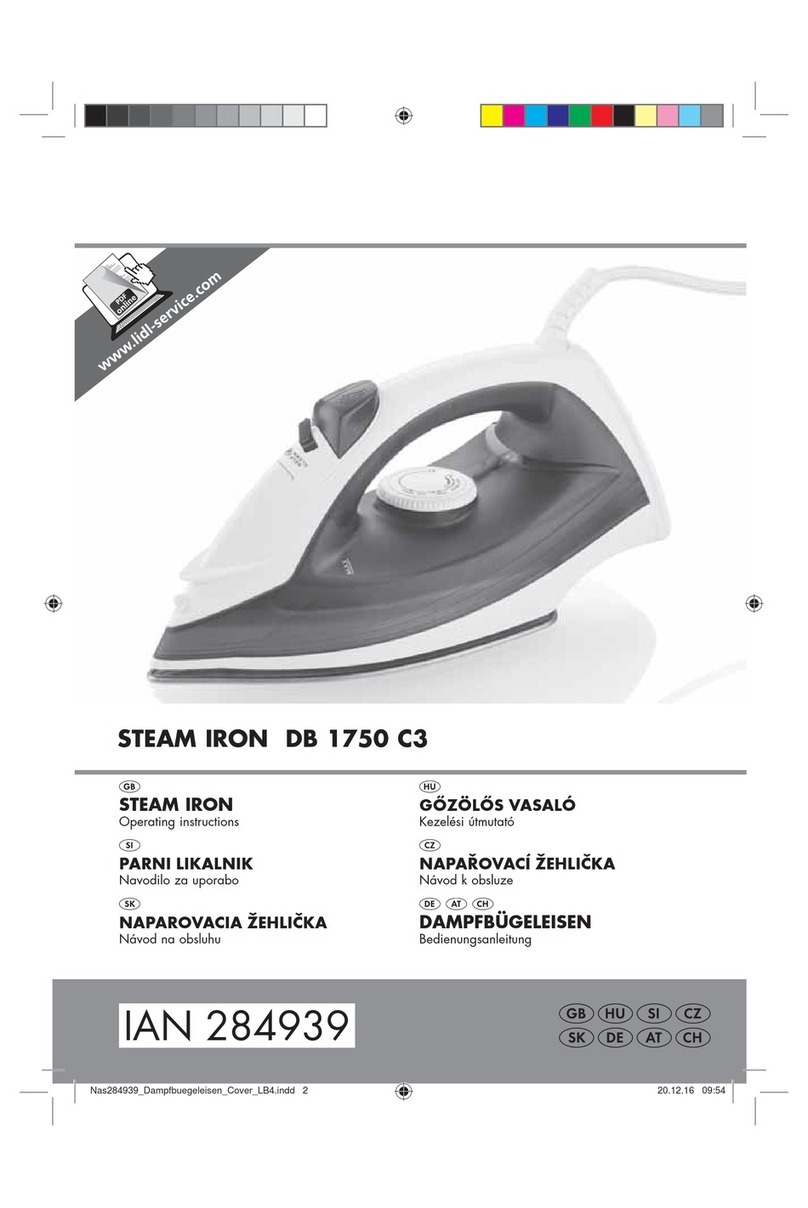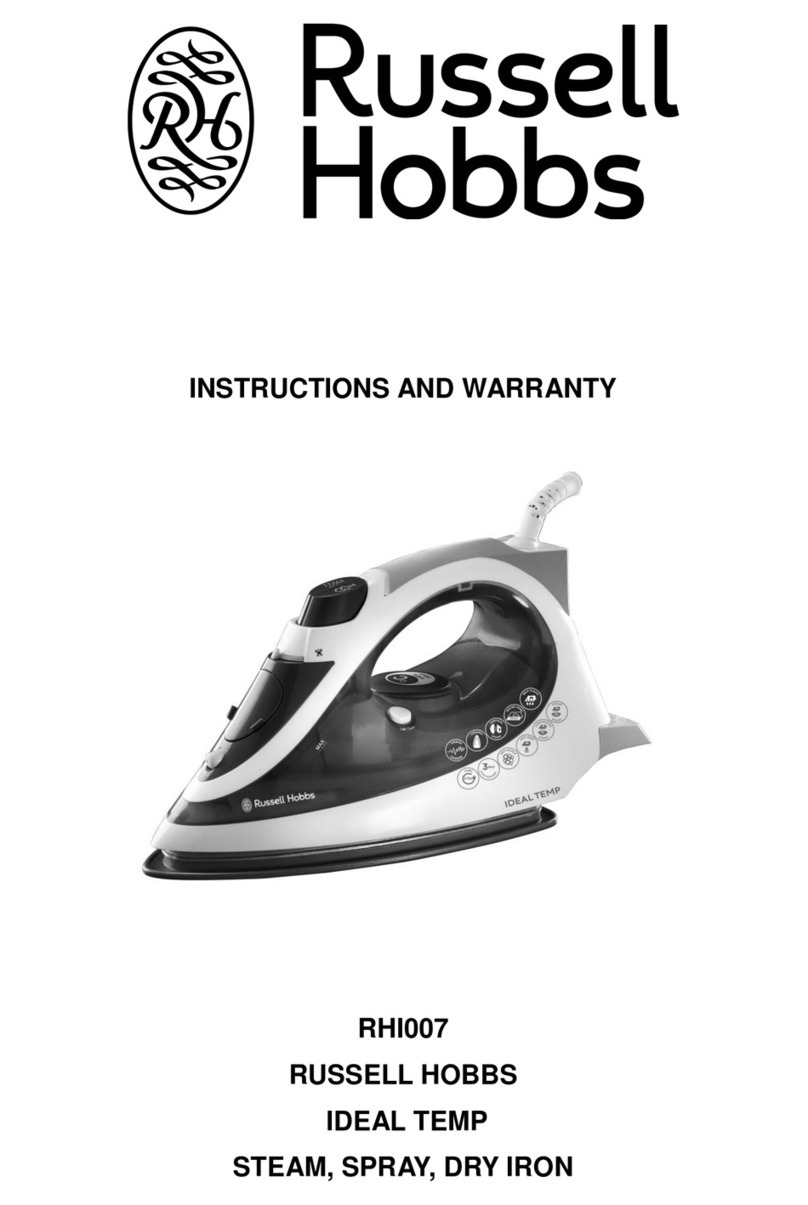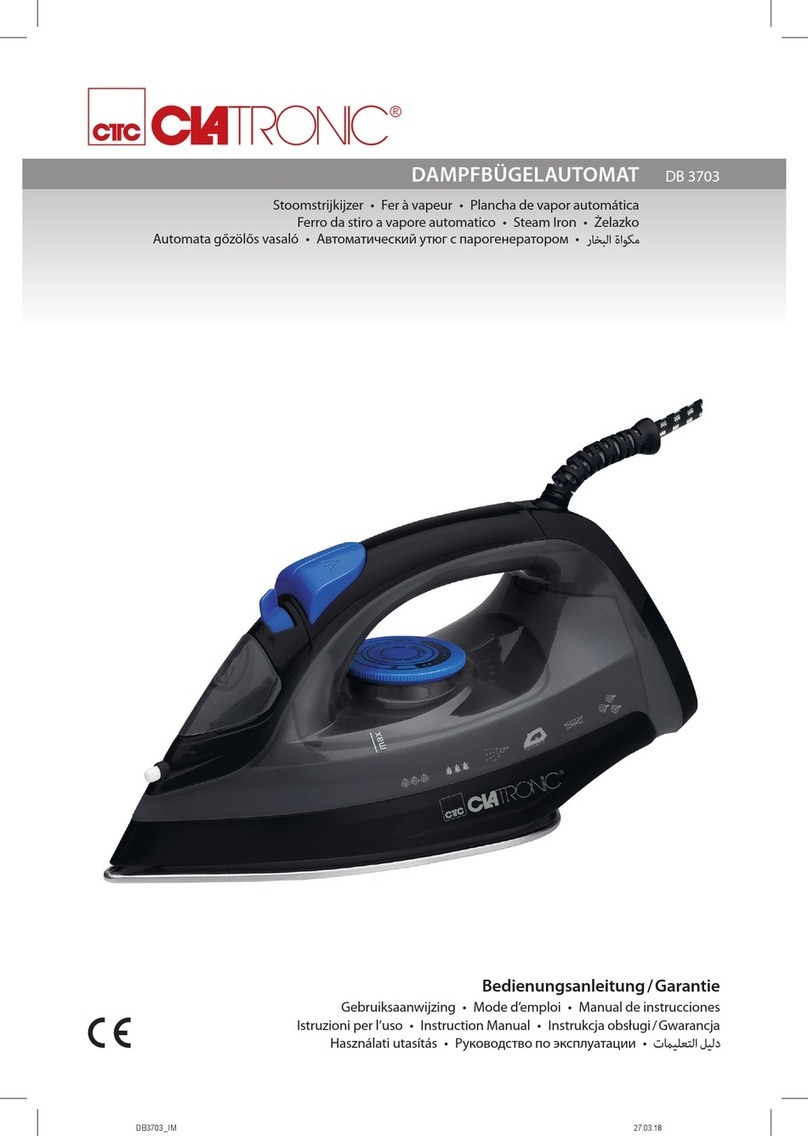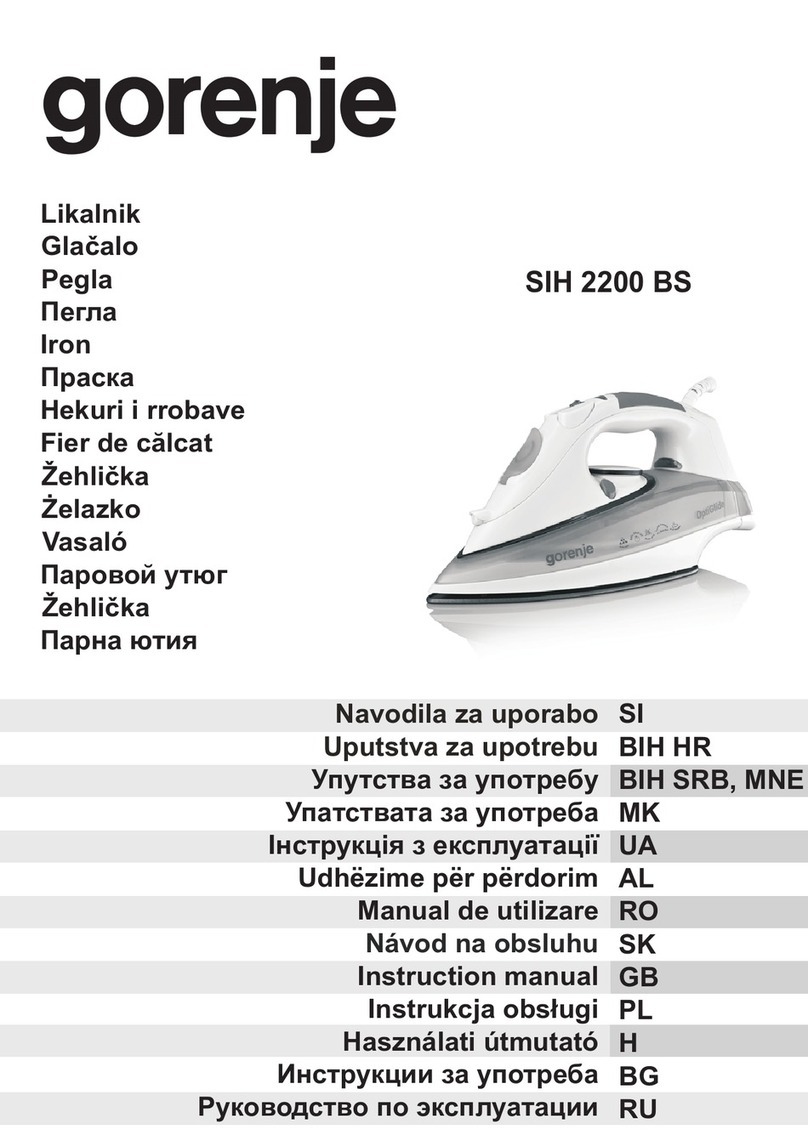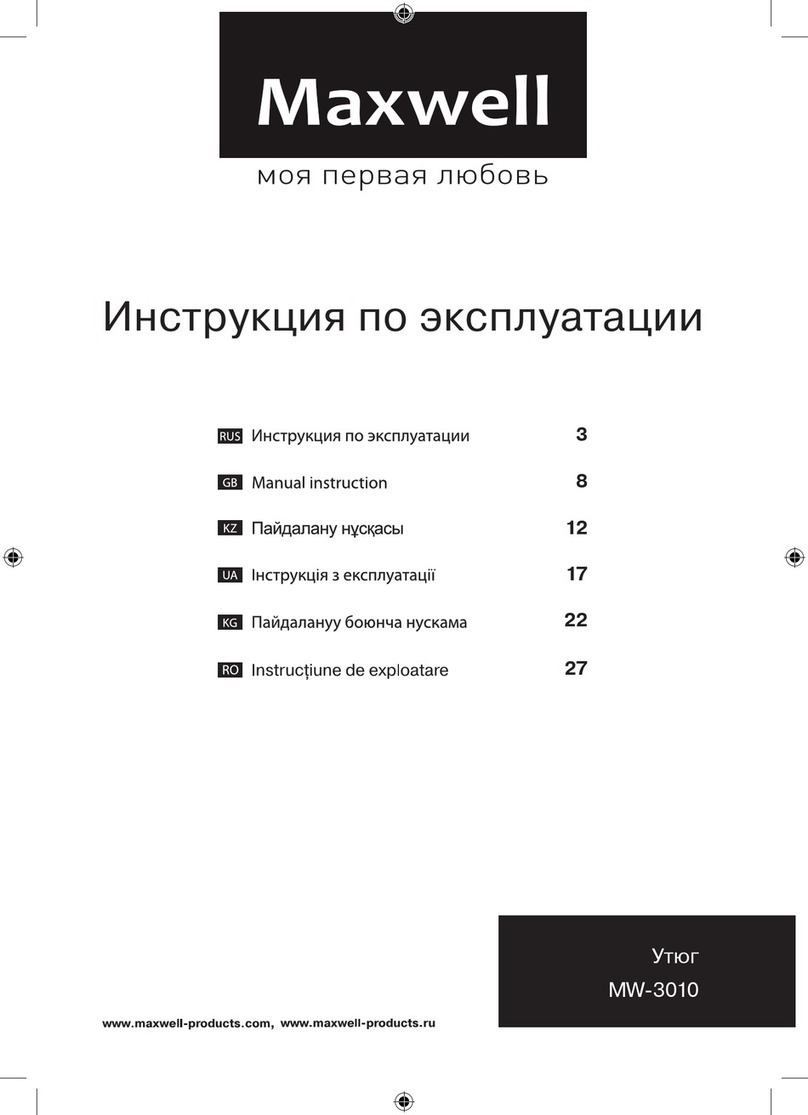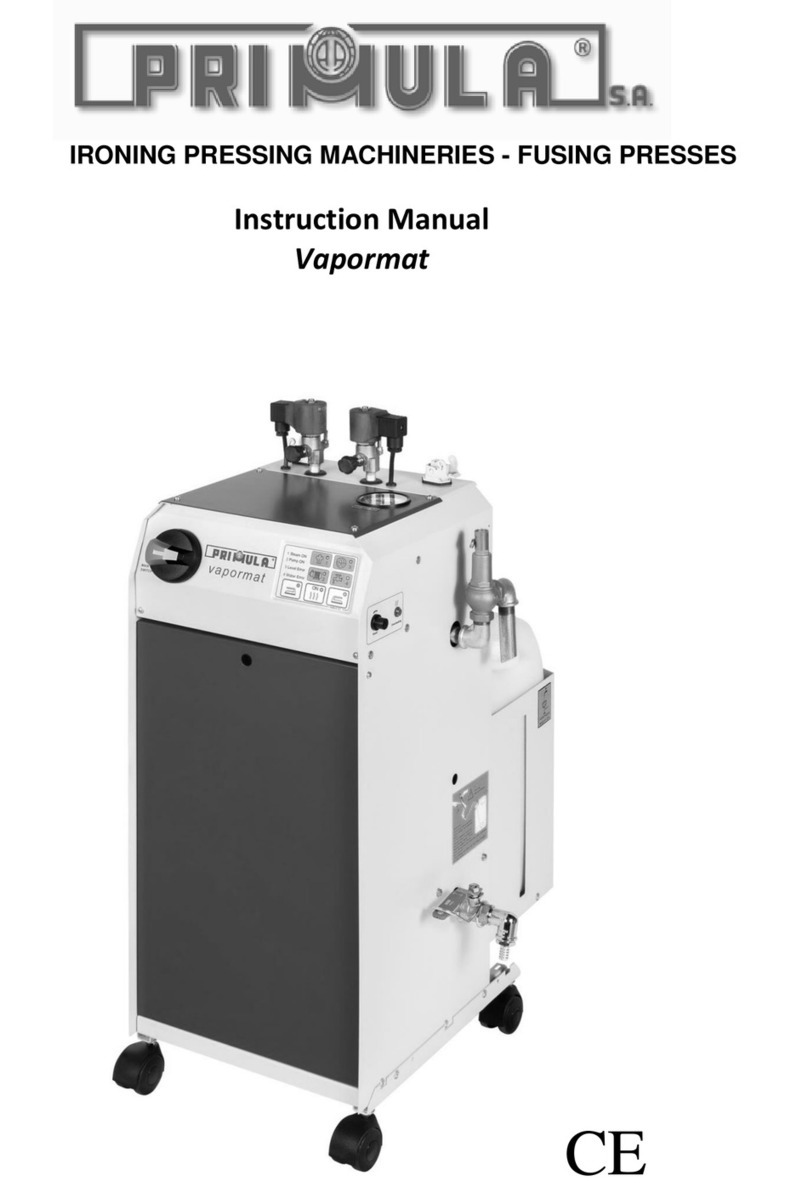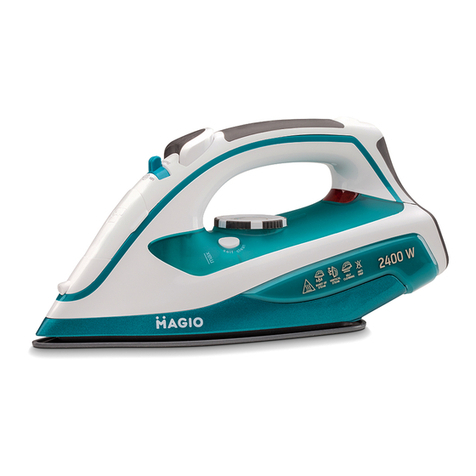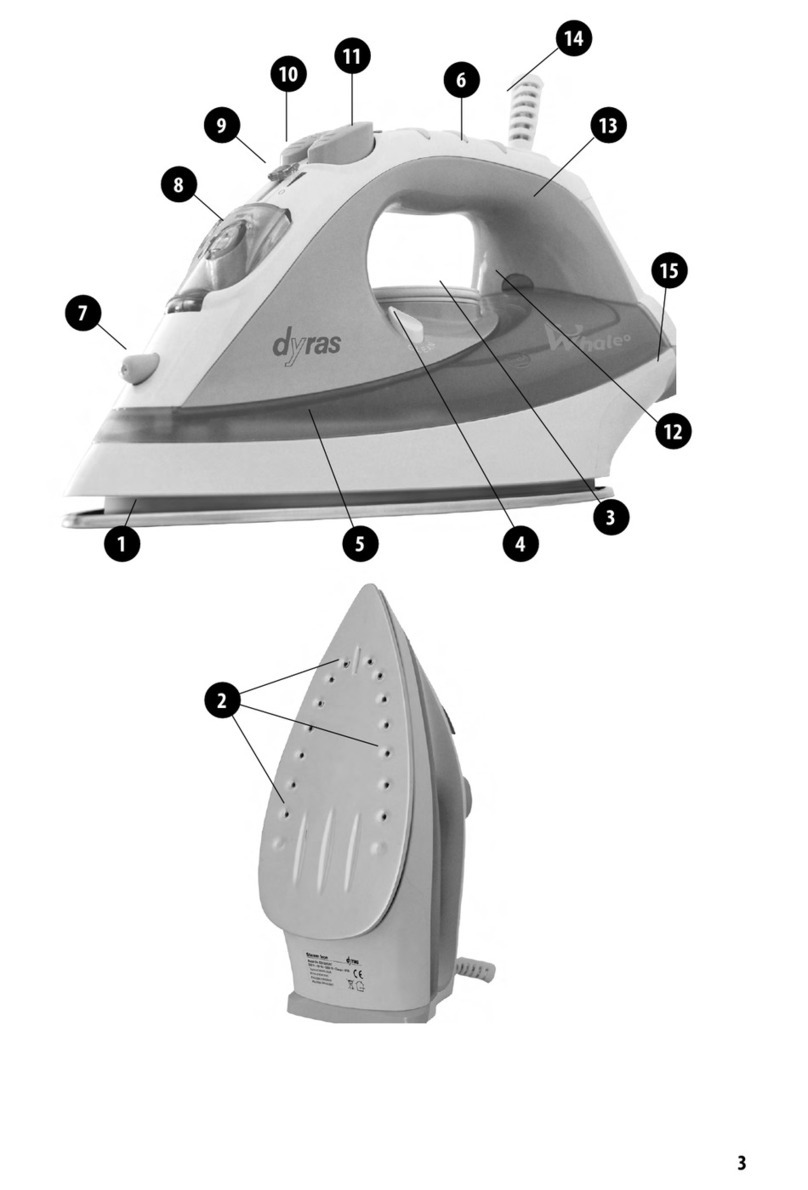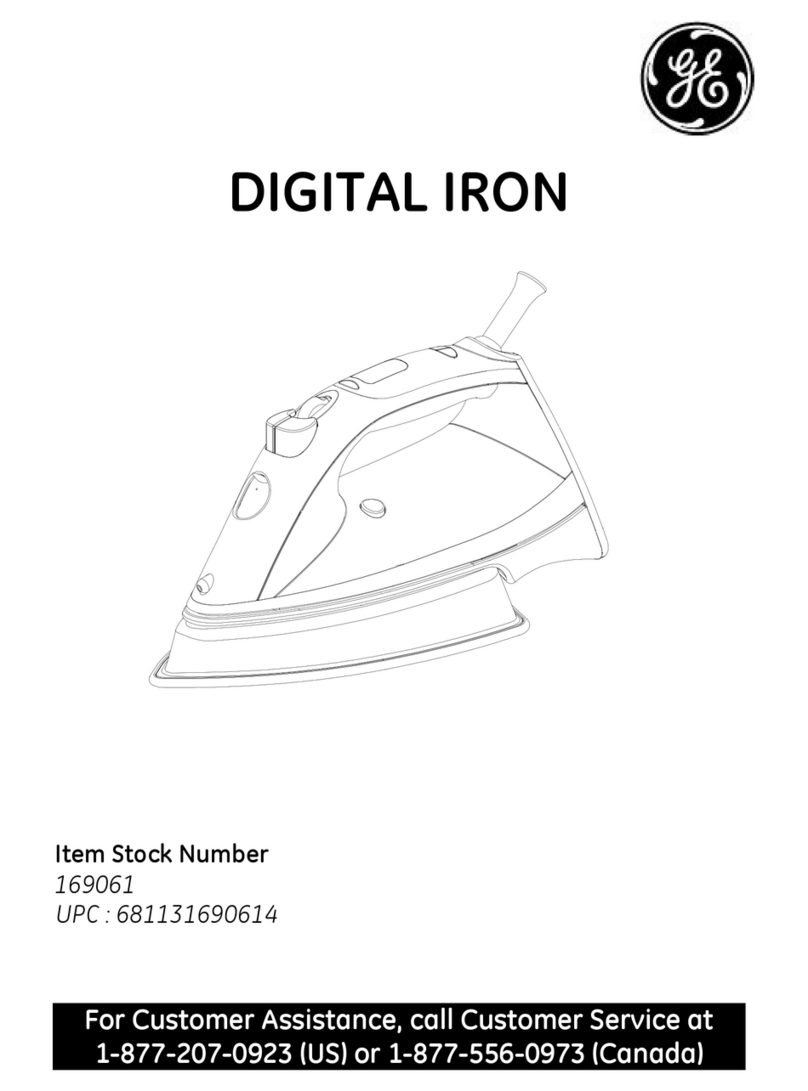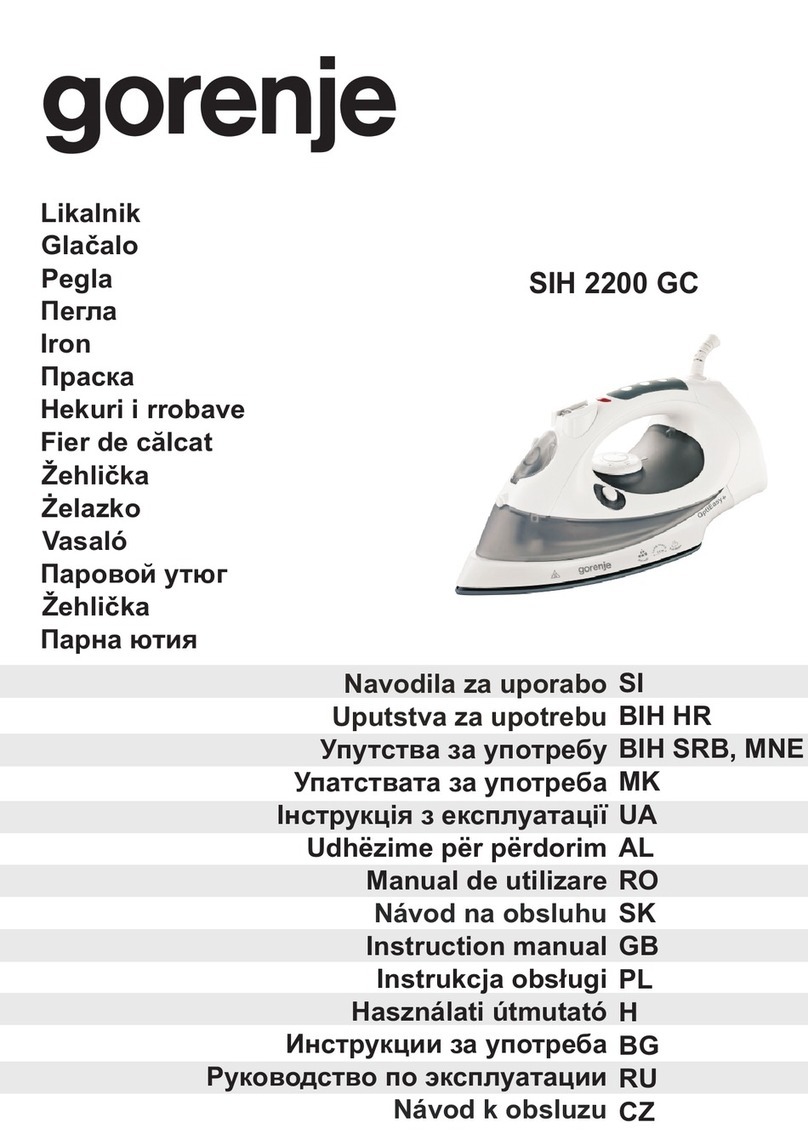Philips HI152/22 User manual
Other Philips Iron manuals

Philips
Philips GC5034/20 User manual

Philips
Philips Azur GC4243 User manual

Philips
Philips HI 216 User manual

Philips
Philips GC6815 User manual

Philips
Philips Azur GC4250 User manual

Philips
Philips EasySpeed Plus GC2040 Series User manual
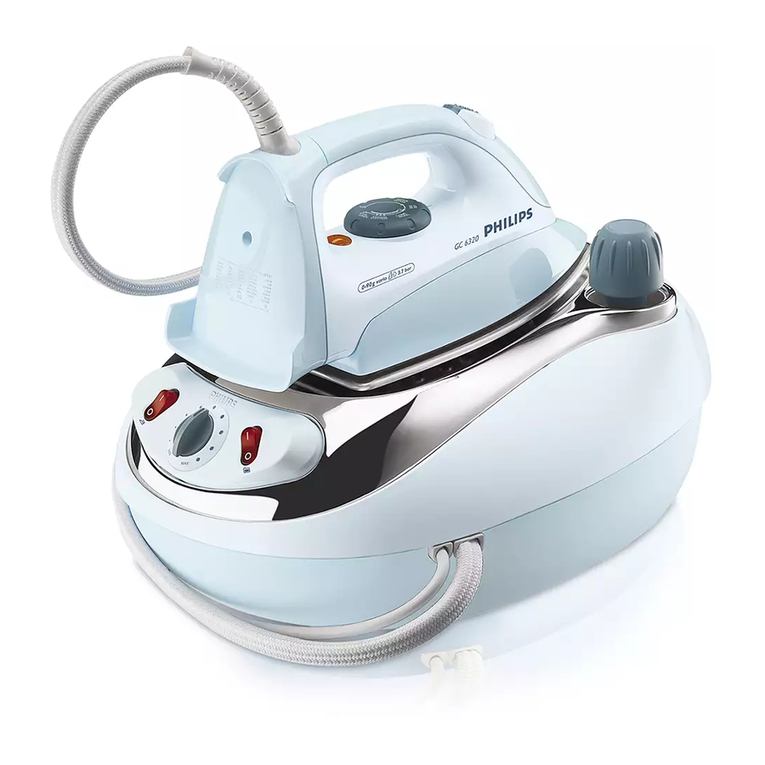
Philips
Philips GC6320/03 User manual
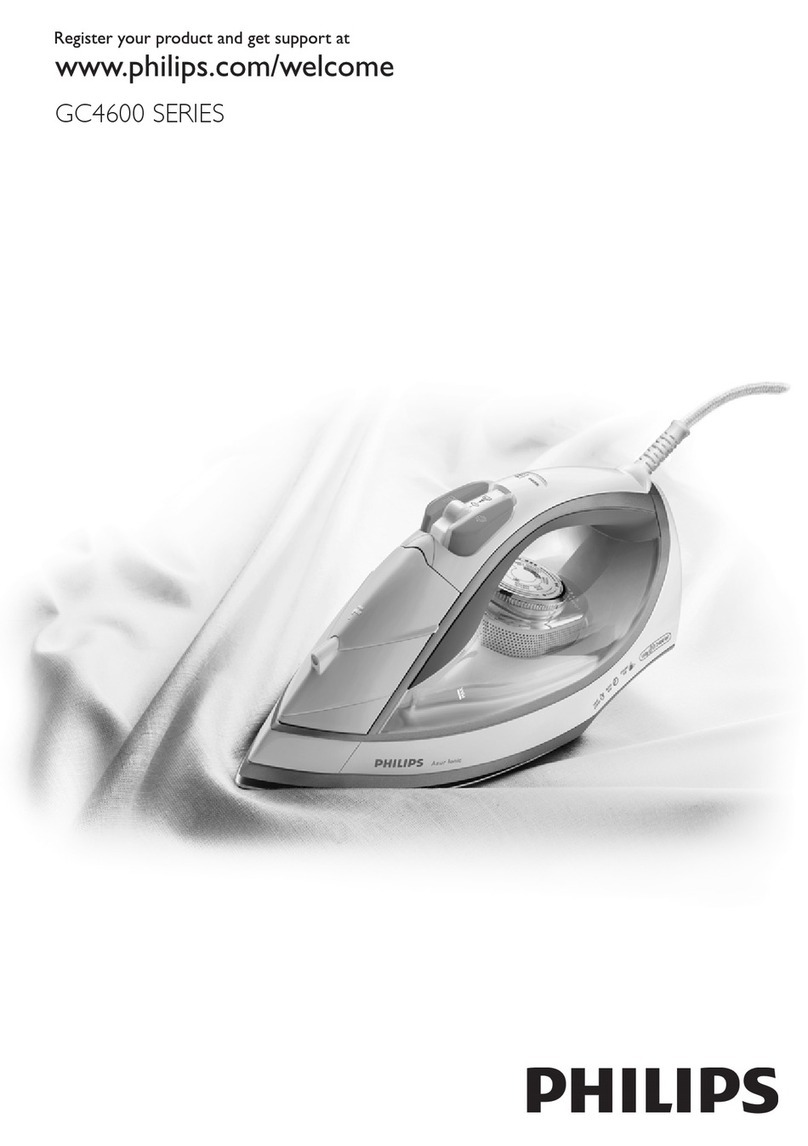
Philips
Philips GC4621 User manual

Philips
Philips GC3221/07 User manual
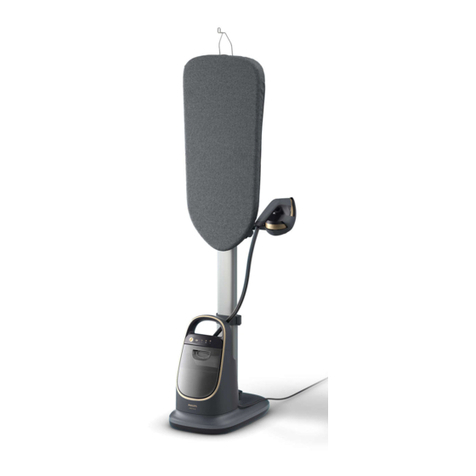
Philips
Philips 8500 User manual

Philips
Philips GC7330/02 User manual
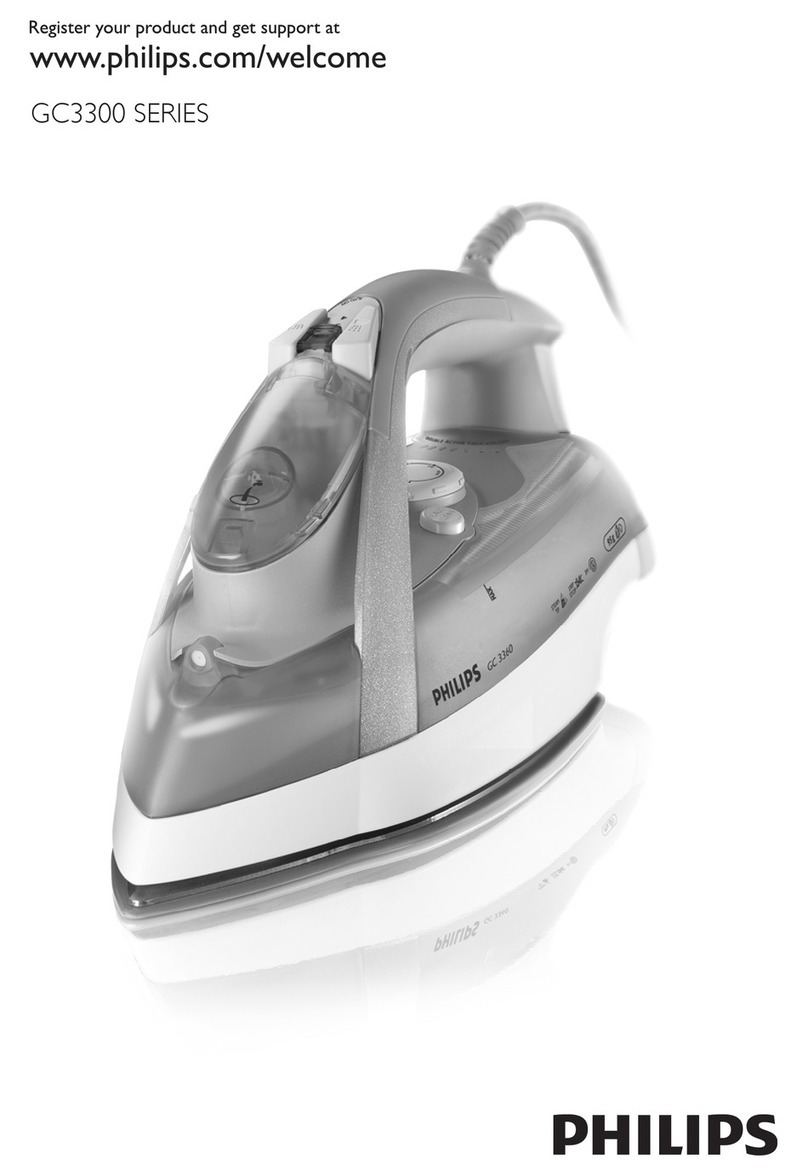
Philips
Philips GC3300 SERIES User manual

Philips
Philips GC6068/02 User manual
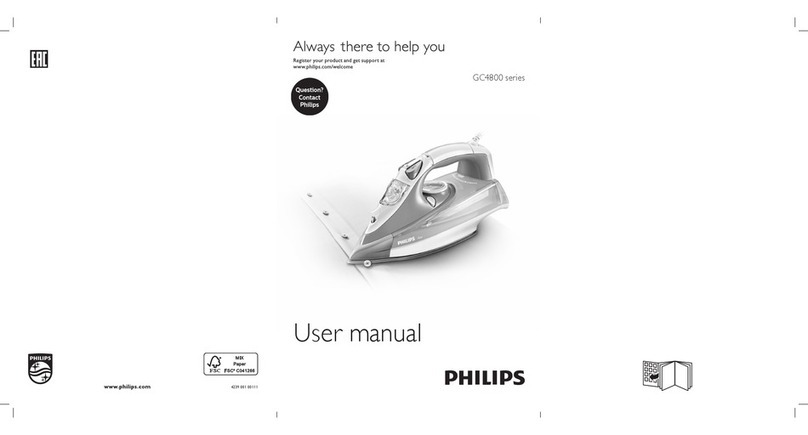
Philips
Philips GC4800 series User manual

Philips
Philips Mistral GC2425 User manual

Philips
Philips GC6103 User manual
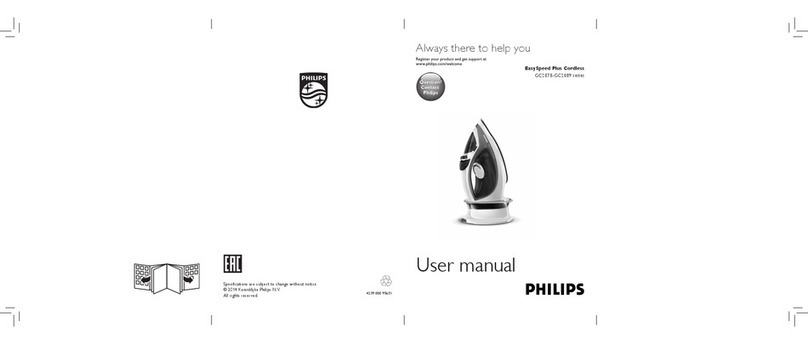
Philips
Philips GC2078 series User manual
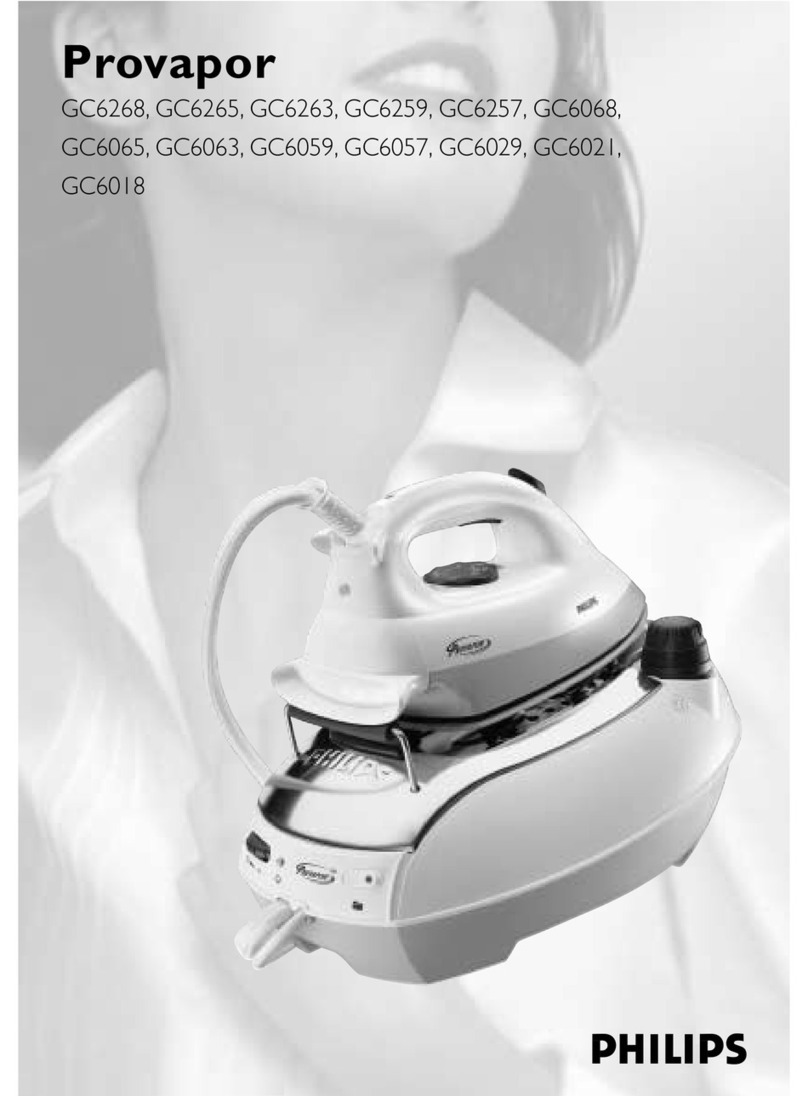
Philips
Philips GC6268/02 User manual
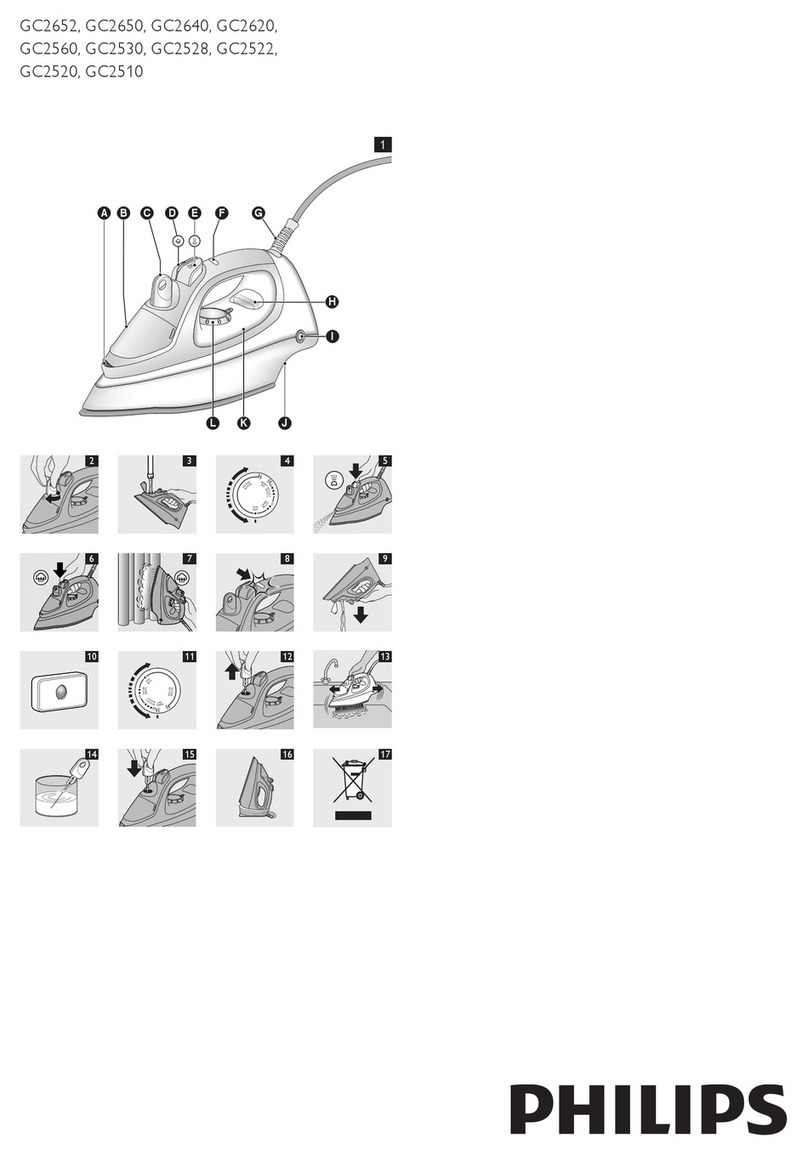
Philips
Philips GC2652 User manual

Philips
Philips EasyCare GC8330 User manual
